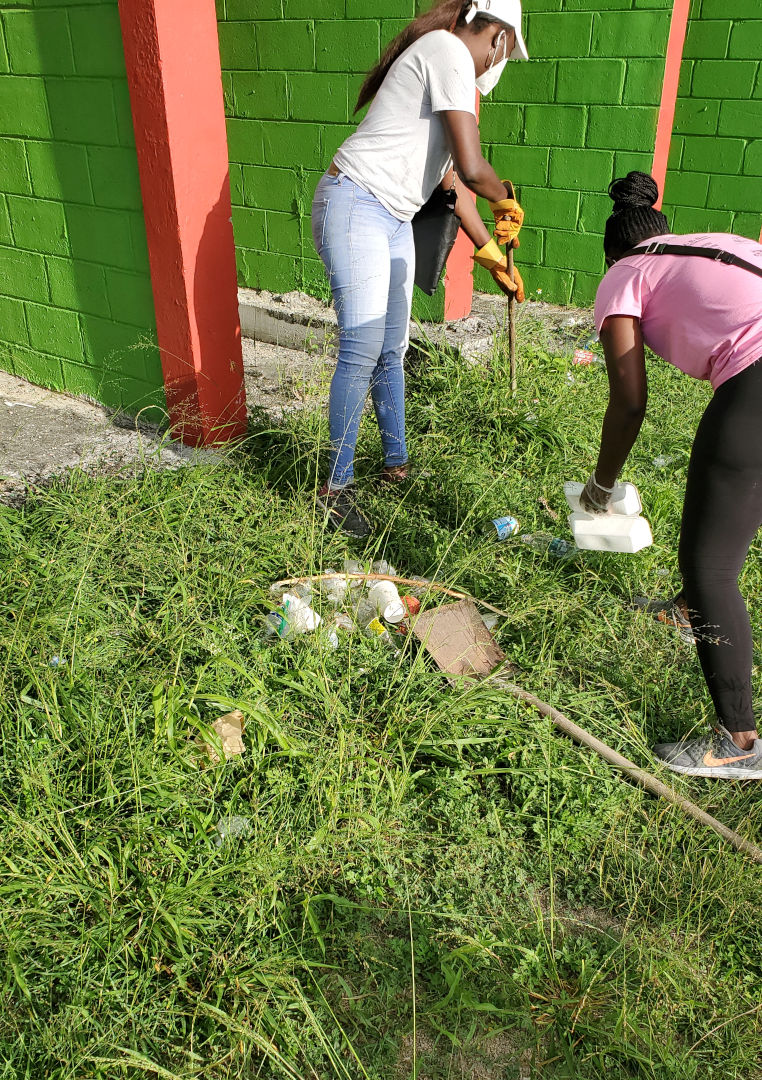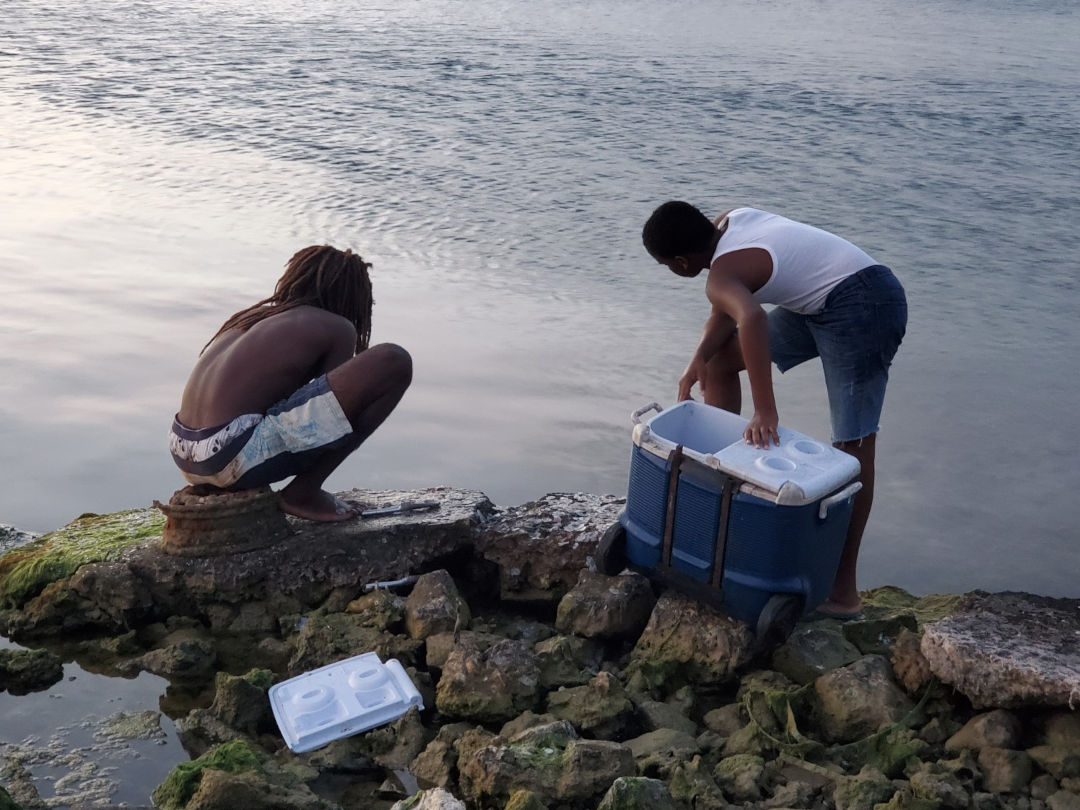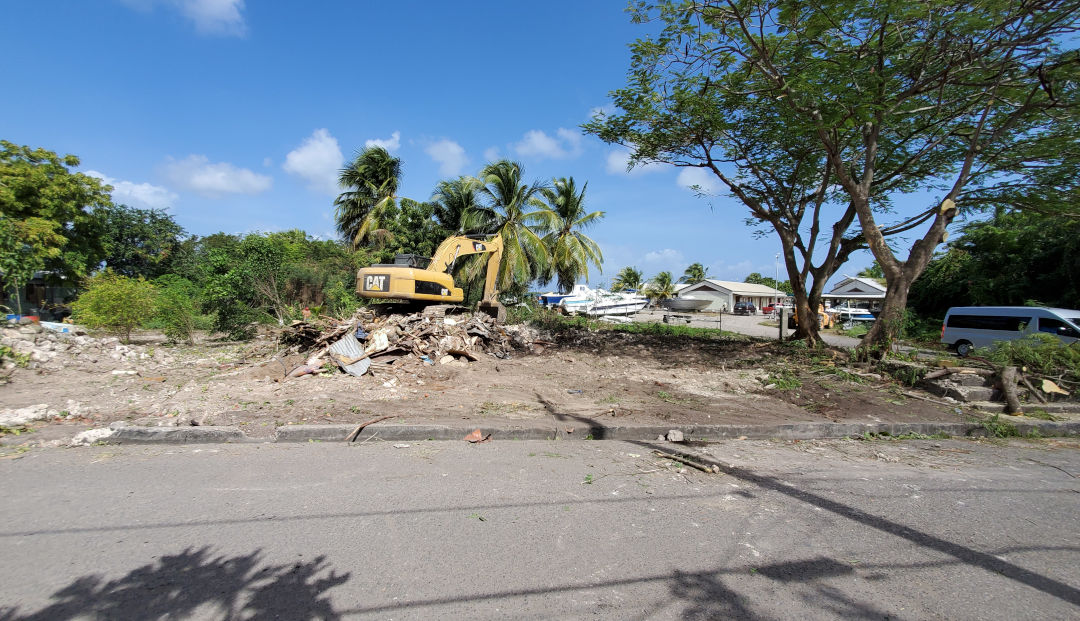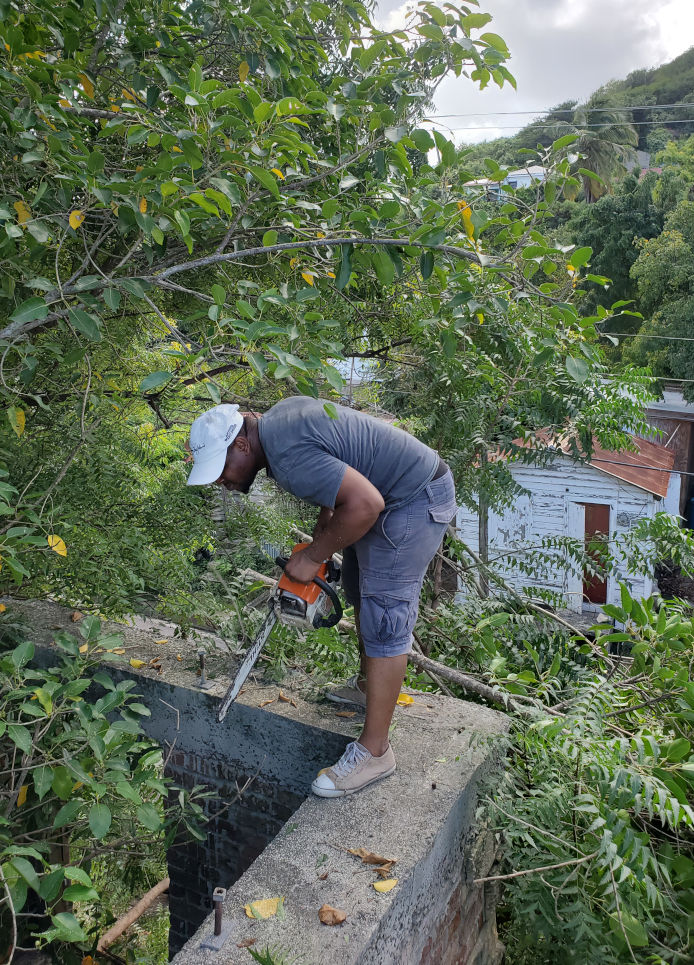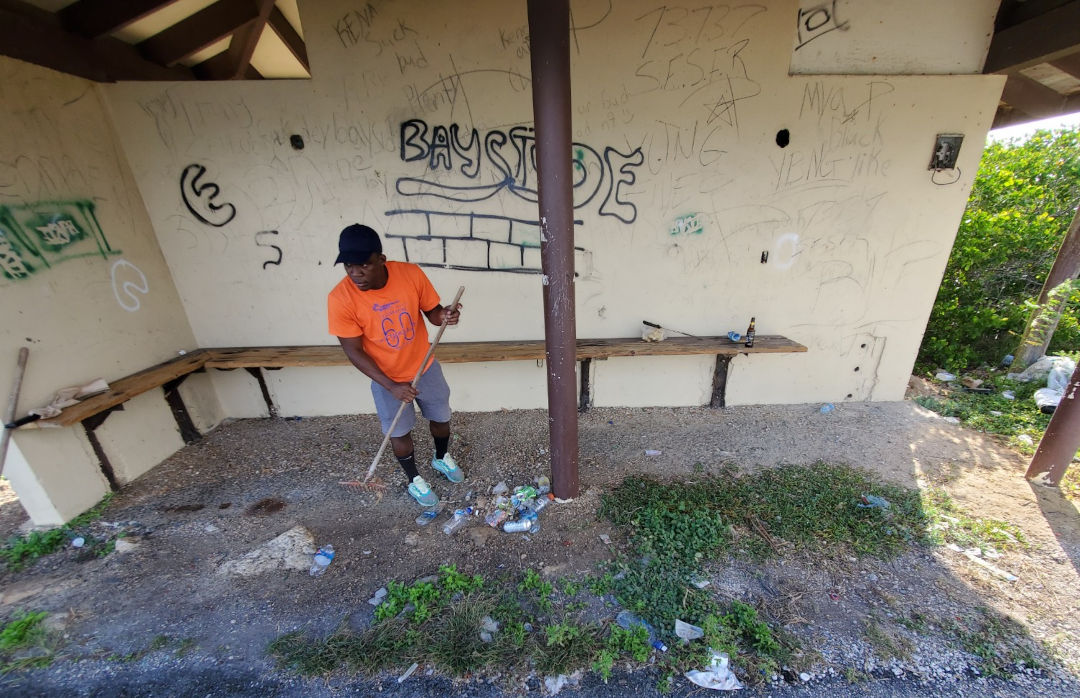HISTORY
A Brief History of Parham
BY MARCUS ‘NAKBA’ CRUMP
Our History
The town of Parham is located on the shores of the largest harbour on the northeastern coast of the island of Antigua.
The town received its name in 1675 when a British naval officer named Lord Willoughby de Parham arrived from England with a patent from the King (Charles II), authorizing him to establish Parham as the capital town, while at the same time designating it as one of six trading towns in British Colonial Antigua. Parham remained the Capital until 1720 when it lost that status to St John’s after being devastated by a massive hurricane in that year.
Parham continued to function as a major trading port for the export of rum and sugar to England, along with the importation of enslaved people from West Africa. Parham Harbour was an excellent outlet for the agricultural produce of the parishes of St. Peter, St. Phillip and St. George.
It was not until the mid-nineteenth century, at the height of the Industrial Revolution and the early days of emancipation, that Parham would have seen its heyday and highest population as a consequence of the construction of the St. Peter’s Anglican Parish Church in 1840. Also constructed at that time was the Parham Anglican Primary School along with the Parham Anglican Rectory. According to a 19th century newspaper called the Antigua Almanac, the people whom these projects attracted would have made the town of Parham into the metropolis of the island.
"Dutty water cool hot iron" - Antiguan Proverb
By the early to mid – 20th century when the fortunes of sugar plummeted, the vast majority of English sugar planters left the island and the children of ex-slaves from the surrounding sugar estates would have taken up residence in Parham. They continued the life of the town as a thriving commercial center with trades like fishing, agriculture, carpentry and masonry.
The end of the sugar industry resulted in massive emigration of the nineteen sixties and seventies, and Parham has not recovered from, or managed to replace the resulting population loss to this day. The town of Parham now has a population of approximately seven thousand people, even though it has expanded way beyond its original boundaries. Fishing and agriculture are still the mainstay of the local economy.
Market Street which is near to the harbor, is in need of a facelift or restoration with dilapidated buildings and vacant lots 345 years after its establishment as the Capital of British Colonial Antigua.
With tourism as the main industry of Antigua this is not only a challenge but a call to action for Parhamites at home and abroad to come together to restore the area in such a manner, as to make it more relevant to the generations of the 21st century and more productive for the national economy.

